In the ever-competitive world of entrepreneurship, Shark Tank has become a launching pad for countless innovative ideas and promising businesses. One such success story is ShowNo, a product that made waves on the show with its ingenious wearable towel for children.
However, what unfolded after the critical exposure and potential investment offers on the show is a fascinating journey. In this article, we delve into the post-Shark Tank chapter of ShowNo, exploring the twists and turns that led to both triumphs and challenges for this inventive business.
From securing deals with prominent partners to the unique struggles that ultimately shaped its destiny, we uncover the compelling narrative of ShowNo’s post-Shark Tank experience.
What Is ShowNo?
The Show No Towel boasts a unique feature: a strategically positioned center cutout designed to effortlessly slip over your child’s head. This ingenious design allows you to drape the remaining part of the Show No towel over your child’s shoulders while they change into dry clothing.
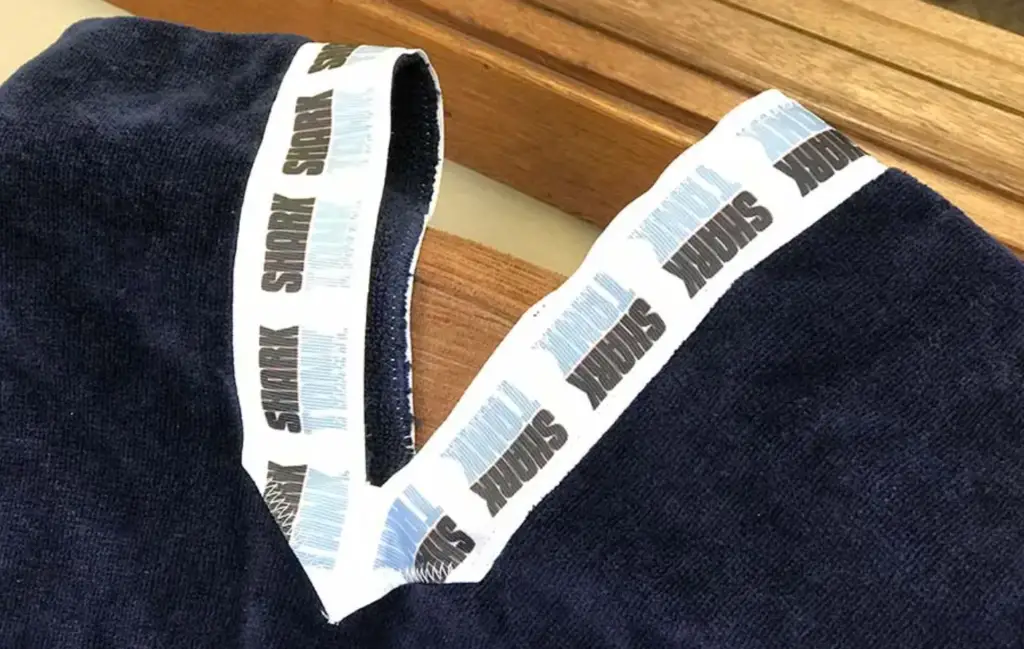
Show No Towel isn’t merely a functional solution; it also adds to the fun of swimming and playing at the beach [2]. This multipurpose product is a comfortable and efficient way to dry your child’s body, ensuring they feel at ease and confident throughout their water adventures.
Pros:
- Versatility: The ShowNo serves multiple purposes. It can be used as a regular towel, a cover-up, or even a blanket;
- Convenience: With the ShowNo, kids can change in and out of their swimsuits without needing a private place. This makes it very convenient for beach days or pool parties;
- Quality: The ShowNo is made from high-quality, soft, and absorbent material that is comfortable to wear and easy to clean;
- Design: The product comes in various colors and patterns which are attractive to kids;
Cons:
- Price: Some customers have mentioned that the ShowNo is slightly pricier than regular towels;
- Size: While the ShowNo is perfect for kids, it might not be suitable for adults or older teenagers due to its size;
- Availability: The product may not be readily available in all regions, which could be a disadvantage for some customers [3];
Who May Benefit From Using ShowNo:
- Children: The primary audience for ShowNo is children. It’s designed to allow them to change in and out of their swimsuits without exposing themselves, promoting a sense of independence and privacy;
- Parents: Parents can benefit from the convenience that ShowNo provides. It makes outings to the beach or pool significantly easier as kids can quickly and privately change into their swimwear. It also reduces the need for parents to carry multiple items like separate towels and cover-ups;
- Teachers and Child Care Providers: Those who work with children in settings like schools, daycares, or summer camps could find the ShowNo useful. It can help manage group swimming activities more efficiently;
- Travelers: For families on the go, ShowNo can be a great addition. Its multipurpose nature means less to pack for beach or poolside vacations;
About the Founders Of ShowNo
Driven by her maternal instincts, Shelley devised a unique towel design that elegantly resolved all her concerns. The design was so exceptional that Shelley sought to patent her invention, although financial constraints made it seem impossible. However, another stroke of fate intervened and miraculously provided Shelley with the means she needed.
The Ehlers had recently sold their house and were hosting a farewell gathering for their neighbors. Among the new arrivals in the neighborhood, a couple living a few doors down had come to meet their fellow residents. The lady of the couple admired Shelley’s drapes and expressed her interest in acquiring similar ones.
To her delight, she discovered that Shelley possessed exceptional skills in working with fabrics and could create custom pieces. What made this encounter even more astonishing was that Shelley’s new acquaintance happened to be a patent attorney, and the two quickly struck a deal.
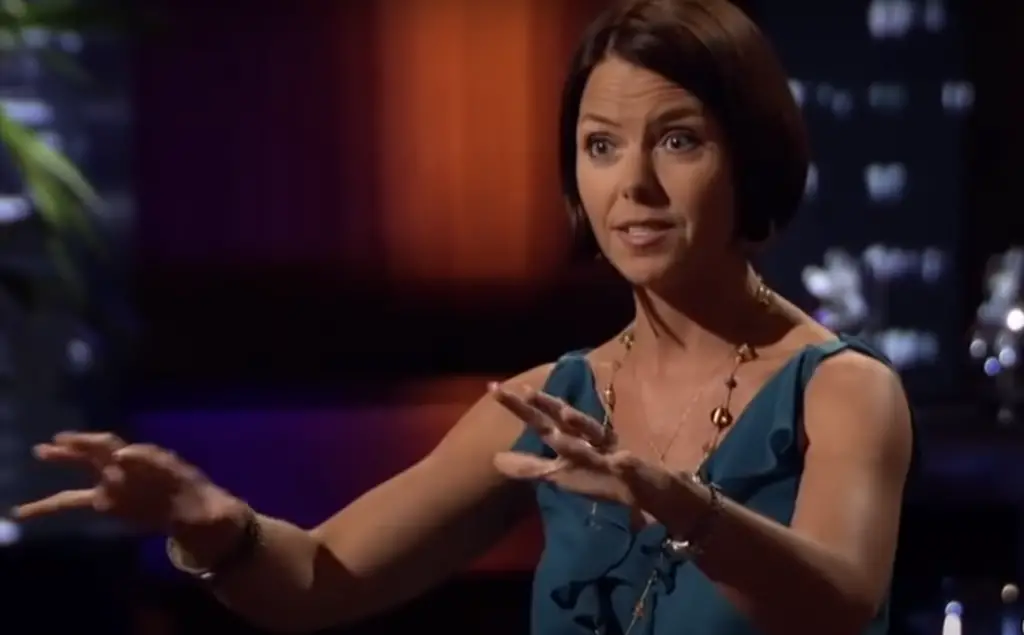
Ehler’s initial inspiration was to distribute Show No Towels to water parks worldwide, a brilliant concept that involved licensing the patent and imprinting the park’s name on the towel [5]. This not only made it a perfect souvenir but also served as excellent advertising for the water parks. Impressively, she had already secured deals with Six Flags Magic Mountain and Lego Land in California, marking a strong beginning.
If she could successfully introduce Show No Towels into 50 water parks, selling an average of 20 towels per day for the 90 days each park remained open, they could potentially accumulate close to a million dollars in sales. Additionally, she had established contacts with Disney to introduce Show No Towels in their parks as well.
The Pitch Of ShowNo At Shark Tank
Ehler made her debut on Shark Tank with the hopes of securing a $ 50,000 investment in exchange for a 25% equity stake in her business, ShowNo [7]. Accompanied by her two sons, she embarked on her pitch to the Sharks. The inspiration for ShowNo struck Ehler during a pool visit with her children. Her eldest son required privacy while changing into dry clothes, prompting him to ask her to hold up a towel for cover.
Frustration mounting as her youngest son grew impatient, Ehler had a lightbulb moment. She ingeniously sliced a towel, fashioning a novel towel poncho to shield children while changing. After sharing this story, her sons distributed tailor-made ShowNo products to each of the Sharks.
Once her sons left the Shark Tank, Ehler revealed that her quest extended beyond money; she sought a mentor. The Sharks had transformed simple ideas into million-dollar enterprises, and she believed that partnering with one of them could elevate ShowNo to greatness.
Lori Greiner was the first Shark to voice her interest. She inquired about the production location of ShowNo, learning that most items were crafted within Ehler’s home. What set ShowNo apart was its ability to seal the slit when laid flat, preventing sand from intruding. Robert Herjavec noted its uniqueness compared to other towel ponchos on the market. Notably, Ehler held a patent for her design, acquired by bartering custom drapes with her former neighbor, a patent attorney.
With the patent secured, Ehler envisioned supplying water parks with customized towels, with the park’s name imprinted on the ShowNo collar. This idea resonated with Herjavec, and ShowNo had already established accounts with Legoland California and Six Flags Magic Mountain. Bulk sales at $ 9 apiece, alongside a retail price of $ 19.99, ensured a healthy profit margin, as each unit cost only $ 6 to produce. In total, ShowNo had sold approximately $ 15,000 worth of units [8].
The Sharks, however, weren’t entirely thrilled with the total sales figure. Kevin O’Leary pointed out that the business was seasonal, requiring significant upfront manufacturing costs with the hope of selling every unit to turn a profit. He declined to invest, citing his aversion to seasonality.
Ehler countered, emphasizing that her product also served as a beloved bath towel for children, and selling to 50 water parks with a daily sale of 20 units each could generate nearly a million dollars.
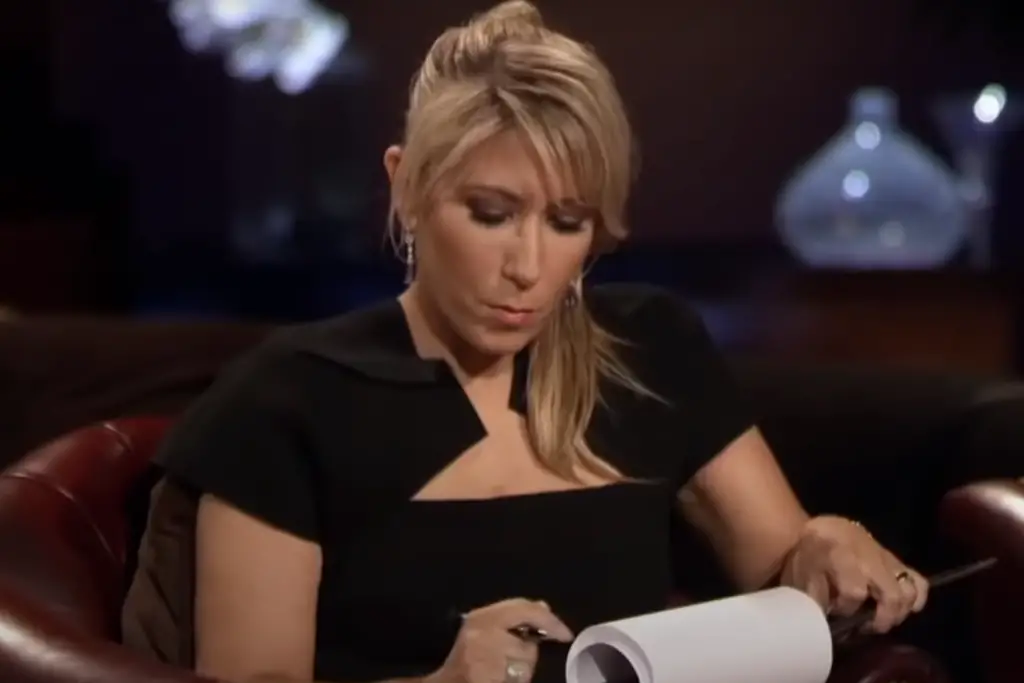
Herjavec commended her passion and energy but couldn’t envision ShowNo achieving substantial sales. Mark Cuban questioned how she’d handle a situation requiring her to miss a family event for a business meeting. Ehler affirmed her commitment to her family’s understanding and the importance of seizing this opportunity, given the challenges they’d faced during the recession.
Daymond John expressed interest in the product but found the sales insufficient for the investment amount. Ehler mentioned a call from Disney amusement parks, boosting her credibility. John offered $ 50,000 for 50% of the business, while Greiner, inspired by their similarities, wrote a $ 50,000 check for the original 25% equity, emphasizing the importance of Ehler’s unwavering passion and cooperation in expanding ShowNo across all U.S. water parks.
Excited but not yet committed, Ehler considered Greiner’s offer. John re-entered with an offer of $ 50,000 for a 20% stake. Cuban, believing ShowNo was undervalued, proposed $ 75,000 for 25%. Greiner emphasized her QVC connections and her shared perspective as a woman, while John highlighted his links with retail giants like Bed Bath & Beyond and JCPenney’s. He also proposed $ 75,000 for 20%. Greiner matched the $ 75,000 offer but retained her request for 25% equity [9].
With several options on the table, Ehler requested a brief consultation with her husband. During this time, O’Leary made it clear that he deemed all the other Sharks foolish for investing in what he considered an unworthy product. Upon her return, Ehler chose to accept Greiner’s offer over those of John and Cuban.
ShowNo After The Shark Tank
After their successful appearance on Shark Tank, ShowNo made a significant splash by showcasing their products on the Today Show, resulting in a rapid sell-out of their inventory. Their popularity soared during the summer season.
ShowNo also struck a deal with Disney to provide towels for their water parks, with an interesting twist: one of Disney’s employees, who had been scouting for new merchandise, happened to be present on the set during their Shark Tank filming. However, this partnership was relatively short-lived, as Disney decided not to renew the contract.
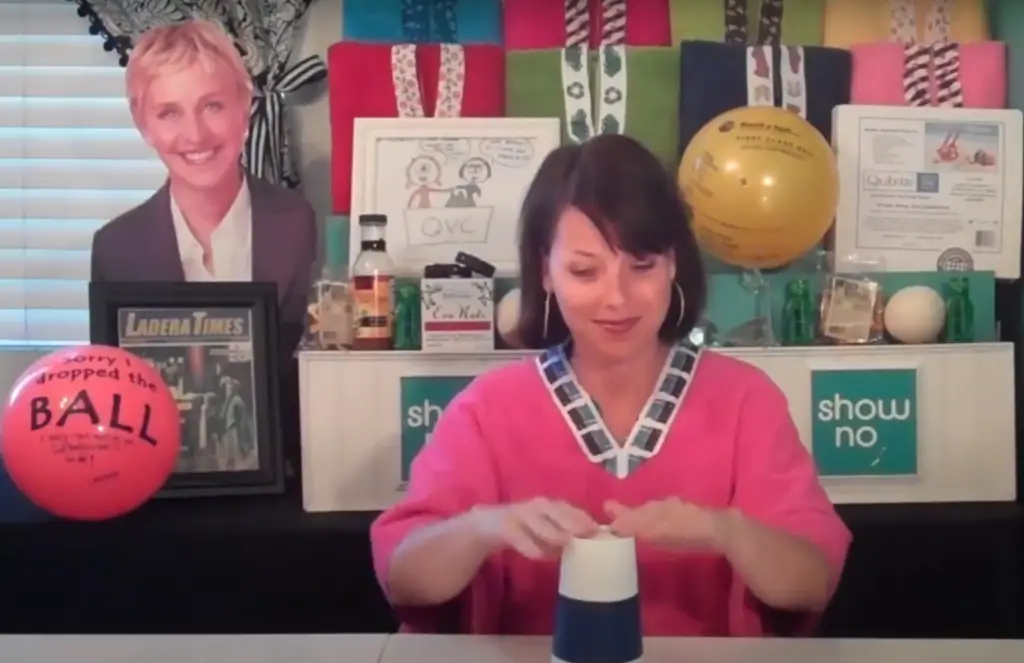
Despite their initial success, ShowNo faced challenges that led to their closure in 2015. The business was inherently seasonal, limiting revenue, and the lack of further investments post-Shark Tank constrained their growth. Furthermore, their product, designed as poncho-style towels, catered primarily to small children, limiting its appeal to a broader audience.
At one point, ShowNo attempted to launch a new version of its product designed to assist the elderly and individuals with disabilities, but it failed to gain traction.
As of 2023, ShowNo is no longer in operation, with their website offline and their social media accounts dormant for several years [11].
Shelly, the entrepreneur behind ShowNo, has since ventured into a new business venture called “All Blown Up”. This company specializes in creating life-sized cutouts, posters, and banners. They even received recognition on the Today Show a few years ago.
The Net Worth Of ShowNo
During its pitch on Shark Tank, the company was initially valued at $ 200,000. After Lori Greiner invested in the company, its value rose to $ 300,000. However, it’s crucial to note that these figures may have fluctuated since then due to various factors such as sales, expenses, and potential further investments.
Shelly Ehler’s primary source of revenue came from her successful collaboration with water parks, a partnership that became the cornerstone of her business. She provided towels to a network of 50 water parks, where an impressive average of 20 towels sold daily.
Her business model was notably profitable. The cost of materials for each of her crocheted towels was a mere $ 6, which created a substantial profit margin. She wholesaled her towels for $ 9 each, and the retail pricing was set at $ 19.99, further boosting her profit margins [13].
What set her offerings apart was the option to customize the towels with the logos of the respective water parks. This distinctive service contributed significantly to her success. As a result, she managed to secure agreements with well-known water parks like Lego Land in California and Six Flags Magic Mountain in Florida, propelling her business to new heights.
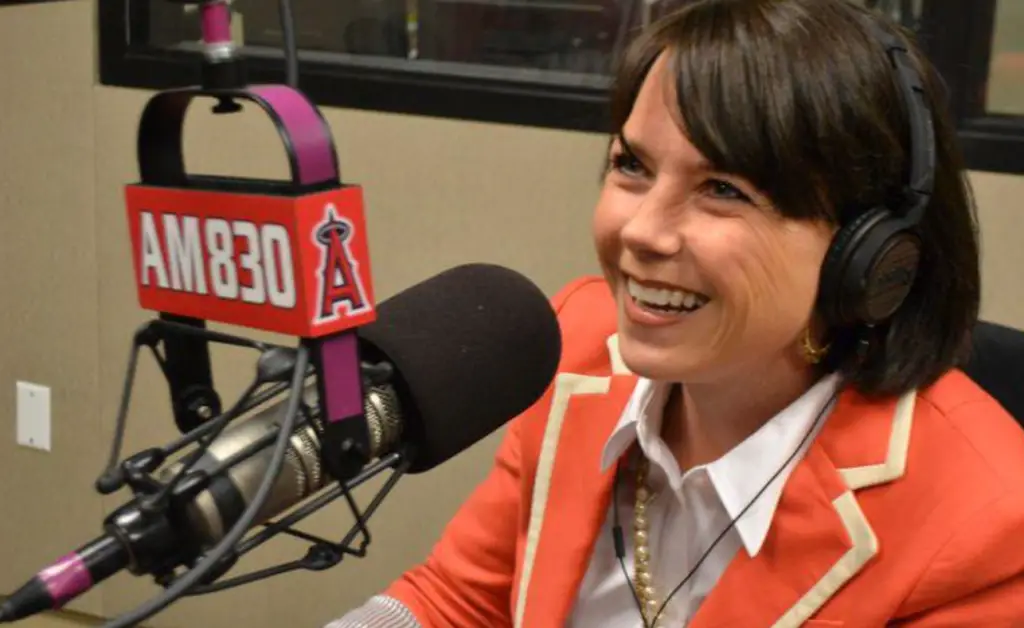
Alternatives To ShowNo:
- Dock & Bay Poncho Towels: These poncho towels for kids and adults offer easy changing in public places, quick dry technology and lightweight fabric. They also come in a variety of fun patterns and colors;
- Terry Rich Australia Beach Robes: These are another alternative that offers full coverage, warmth, and ease of changing. They are made from 100% cotton terry toweling;
- Microfiber Surf Poncho by Winthome: This is a comfortable and absorbent poncho towel that doubles as a changing robe. It’s suitable for both adults and children;
- Bersuse Hooded Turkish Towel: This is a 100% cotton towel with a hood, which can be used as a bathrobe or beach/pool cover-up;
- Snappy Towels: These towels can be transformed into a wearable cape, hooded towel, or cover-up. They are compact and quick-drying, making them ideal for travel;
FAQ:
- What happened to the ShowNo towel?
ShowNo, the wearable towel for children, experienced initial success and secured partnerships with water parks and amusement parks. However, due to its seasonality and limited capital, ShowNo ceased operations in 2015.
- Why are Japanese towels so good?
Japanese towels are highly regarded for their exceptional quality due to the use of high-grade cotton and meticulous craftsmanship. They are known for being incredibly absorbent, soft, and durable.
- What are the cons of bamboo towels?
Bamboo towels have advantages like eco-friendliness and hypoallergenic properties. However, they also have cons, including longer drying times, decreased absorbency compared to cotton towels, and a higher cost. Some people may find the texture less plush.
- What is the most expensive towel in the world?
The most expensive towels in the world are often handcrafted and made from rare, high-quality materials. Luxury brands like Abyss & Habidecor and Frette offer some of the priciest towels, with prices ranging from hundreds to thousands of dollars for a single towel.
- Who is the most successful Shark Tank investor?
Lori Greiner is often considered the most successful Shark Tank investor due to her numerous investments in companies featured on the show and her ability to help turn them into highly profitable businesses.
- How much of Shark Tank is scripted?
Shark Tank follows a structured format, but the entrepreneurs’ pitches and the Sharks’ responses are unscripted and genuine. However, some elements like the order of pitches and the Sharks’ entrances may be choreographed for filming.
- Who turned down $ 30 million on Shark Tank?
Jamie Siminoff, the founder of Ring, turned down a $ 30 million offer on Shark Tank from Kevin O’Leary, which is considered one of the show’s significant missed opportunities.
- How did Lori Greiner get rich?
Lori Greiner amassed wealth through her entrepreneurial ventures and investments. She is known as the “Queen of QVC” for her successful product pitches on the shopping channel and her ability to turn innovative products into profitable ventures.
- Why are Turkish towels so popular?
Turkish towels are popular due to their lightweight, highly absorbent, and quick-drying qualities. They are versatile and suitable for various uses and are known for their fine craftsmanship and stylish designs.
- Who has the best Turkish towels?
Several brands are known for producing high-quality Turkish towels, including Linum Home Textiles, Cacala, and Riviera Towel Company. The “best” brand can depend on individual preferences for design, softness, and durability.
- Why are Turkish towels so expensive?
Turkish towels can be relatively expensive due to their quality and craftsmanship. They are often handwoven with premium materials, intricate weaving processes, high thread counts, and unique designs, all contributing to their cost.
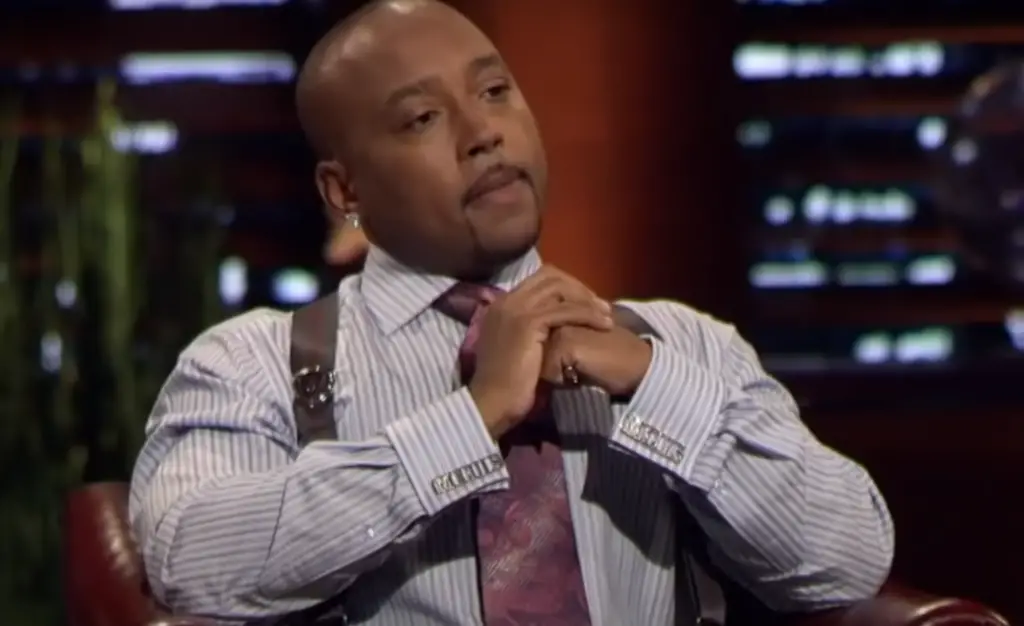
- Which is better – Turkish or Egyptian towels?
The choice between Turkish and Egyptian towels depends on personal preferences. Turkish towels are lightweight and quick-drying, suitable for travel and the beach. Egyptian cotton towels are plush and highly absorbent, making them ideal for bath use. The choice should align with specific needs.
- What towels do celebrities use?
Celebrities often prefer luxury towel brands like Frette, Abyss & Habidecor, and Matouk known for their quality, plushness, and durability.
- What are luxury towels?
Luxury towels are typically made from high-quality materials like Egyptian or long-staple cotton. They are renowned for their softness, absorbency, and durability, often featuring intricate designs and premium craftsmanship.
- Is bamboo towels better than Egyptian cotton?
The choice between bamboo and Egyptian cotton towels depends on personal preferences. Bamboo towels are eco-friendly and hypoallergenic, while Egyptian cotton towels are plush and highly absorbent. The decision should align with specific priorities and needs.
- Why are Turkish cotton towels better?
Turkish cotton towels are favored for their lightweight, quick-drying nature, versatility, high absorbency, and softness. They get softer with each wash, and their unique weaving technique adds to their appeal, making them a preferred choice for many.
Useful Video: The Show No! – Shark Tank
References:
- https://www.looper.com/1146691/whatever-happened-to-showno-towels-after-shark-tank/
- https://seoaves.com/show-no-towel-shark-tank-update/
- https://www.sharktankblog.com/business/showno-2/
- https://www.bstrategyinsights.com/show-no-towel-after-shark-tank/
- https://gazettereview.com/show-no-update-see-happened-shark-tank/
- https://www.sharktanksuccess.com/show-no-towels/
- https://bizzbucket.co/showno-towels-failure-analysis/
- https://nypost.com/2023/08/12/shark-tank-bit-us-deals-we-struck-with-our-investor-heroes-fell-apart-off-air/
- https://www.failory.com/blog/shark-tank-failures
- https://www.reddit.com/r/sharktank/comments/jksunh/what_happened_with_showno/
- https://allsharktankproducts.com/shark-tank-products-fashion/showno-towel/
- https://www.emilyreviews.com/2013/05/showno-kids-4-in-1-towel-review.html
- https://sharktanktales.com/show-no-shark-tank-update/

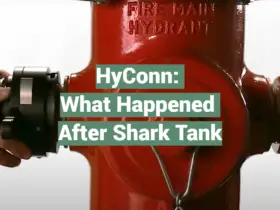
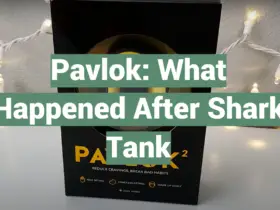
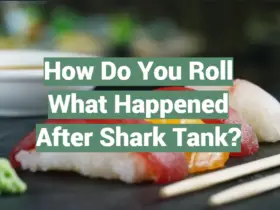
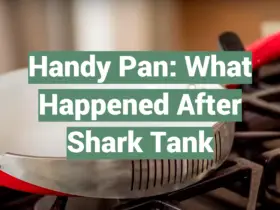
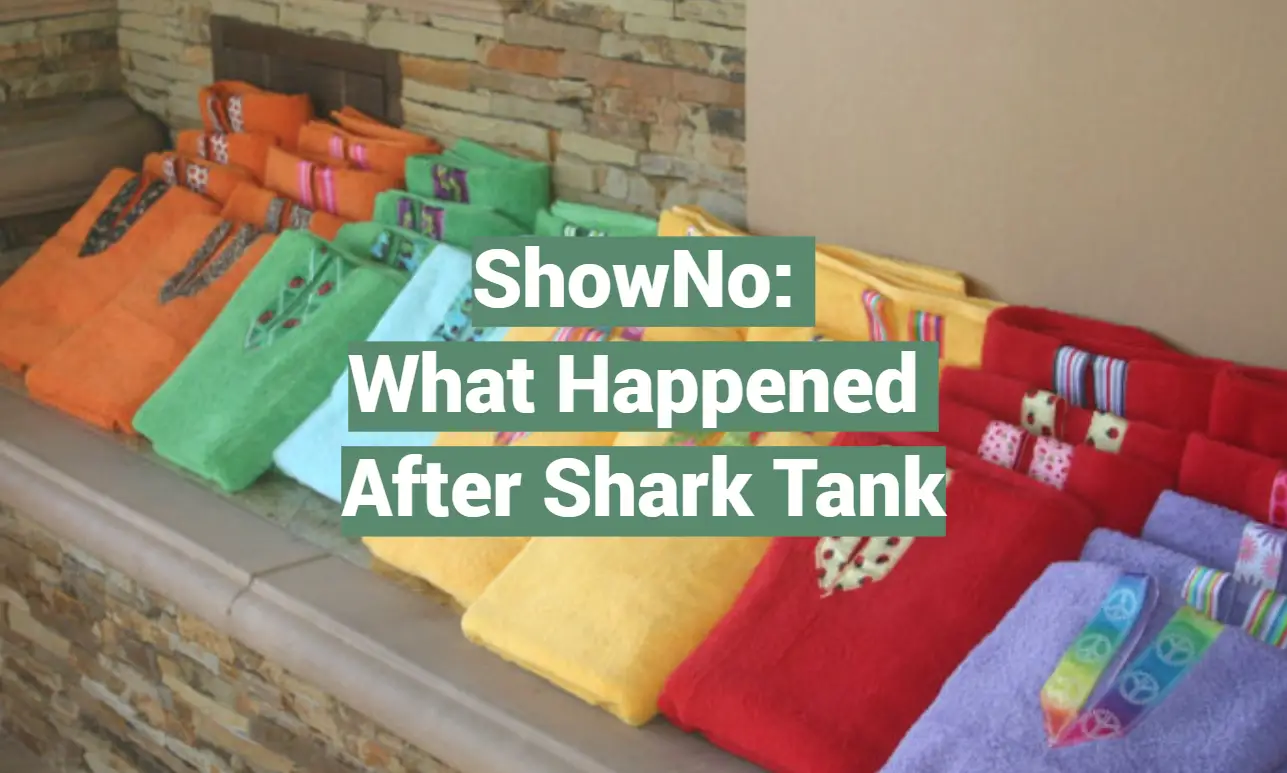
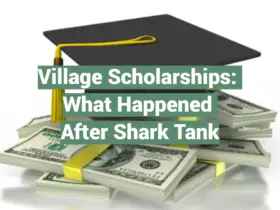

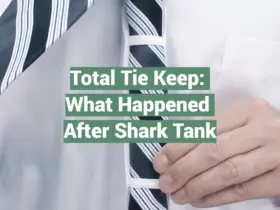
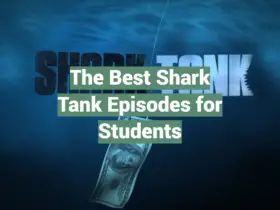
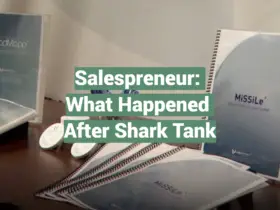
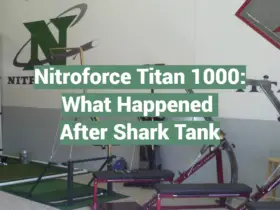
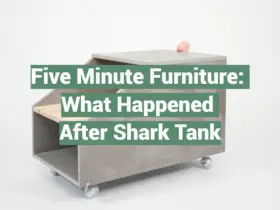
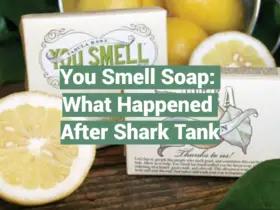
Leave a Reply